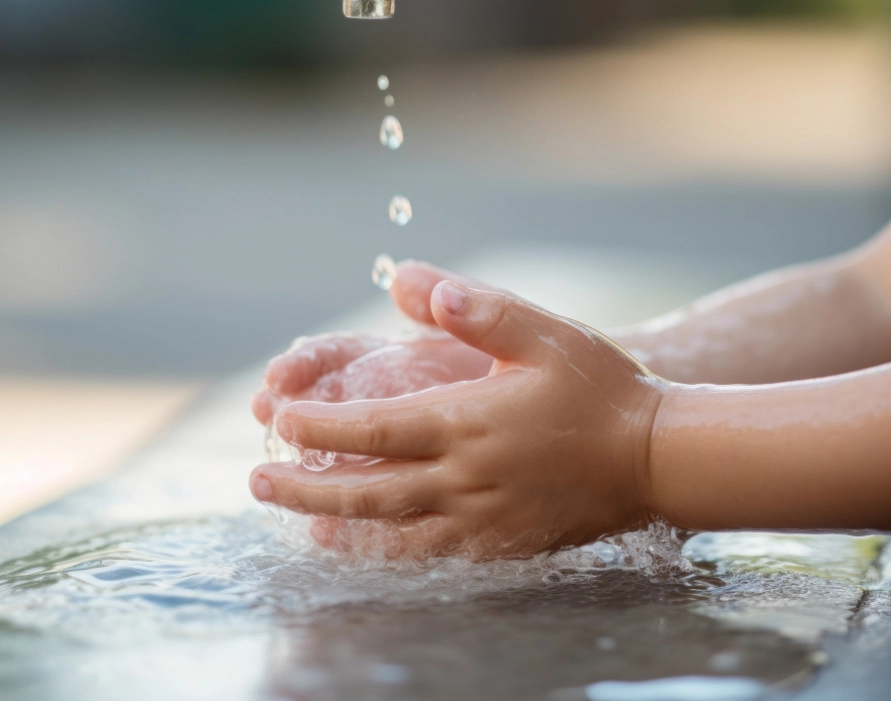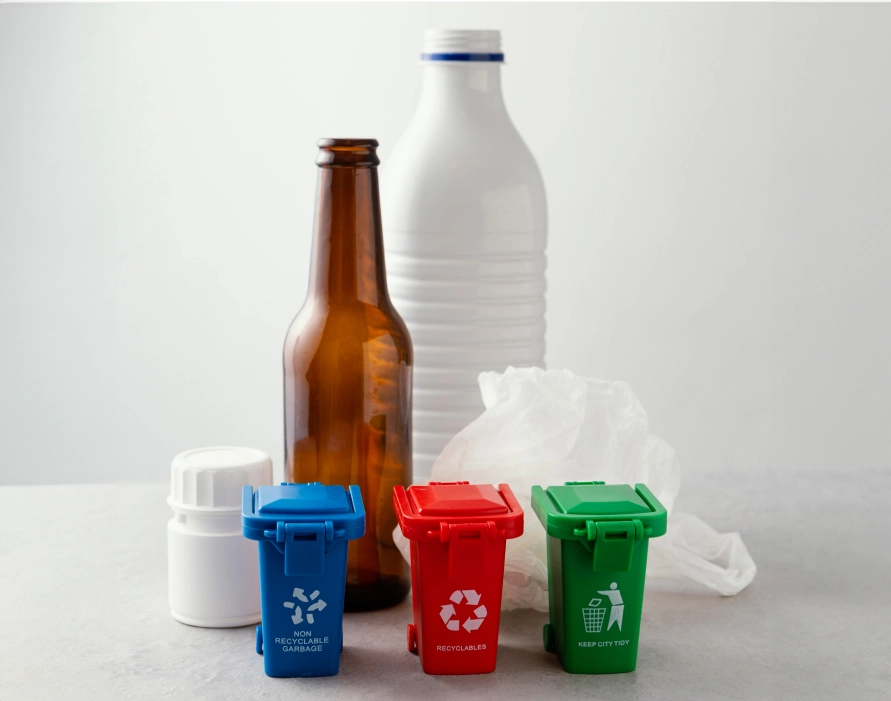Environmental

Performance
Energy Management
The company places great importance on the efficient use of energy while maintaining service quality. The company has initiated a campaign encouraging its staff to adopt the following practices:
In 2023, the company began tracking electricity usage statistics to serve as data for analyzing and monitoring the effectiveness of its energy management initiatives.
Total electricity consumption amounted to




Water Management
The company encourages employees, management, and clients to use water resources responsibly by implementing the following measures:
In 2023, the company began collecting water usage data to serve as information for analyzing and monitoring the effectiveness of its water resource management initiatives.
Total water consumption amounted to
Waste, Wastewater, and Pollution Management
The company has established policies and practices regarding waste disposal, including the separation of general waste and infectious waste for proper management. Separate waste bins are provided based on waste types, including:
General Waste
Infectious Waste
- Sharp Infectious Waste: Items such as needles, blades, and IV set tips should be placed in puncture-proof containers with lids.
- Non-Sharp Infectious Waste: Items like blood-soaked gauze, gloves, and syringes should be placed in red garbage bags and contained in leak-proof bins with tightly sealed lids, labeled “Infectious Waste.”
- Liquid Infectious Waste: Items such as blood, urine, and bodily fluids should be placed in red garbage bags and stored in leak-proof containers with tightly sealed lids, also labeled “Infectious Waste,” just like non-sharp infectious waste.
Hazardous Waste
For waste transportation, containers with sealed lids must be used to move waste from the disposal area to the designated waste storage area of the Ploenchit Center building, where the company operates. The building management coordinates with external contractors to collect the waste for disposal at waste management centers.
In 2023, the company generated approximately 20 kilograms of sharp infectious waste and 80 kilograms of non-sharp infectious waste, measured from the waste segregated by the company and delivered to the waste transfer area of the Ploenchit Center.


Greenhouse Gas (GHG) Emission Reduction Management
The company recognizes the impact of global climate change, both in the present and the increasing severity expected in the future, which poses significant challenges to all countries worldwide. These changes are caused by natural variability or human activities. Climate change can affect various aspects, including health, agriculture, and housing.
Safety and operational efficiency are critical issues that directly and indirectly affect the operations of all companies. Therefore, the company emphasizes its role in reducing greenhouse gas emissions from its service processes by encouraging changes in energy consumption behavior and implementing a policy to choose tools or equipment that help reduce greenhouse gas emissions. This approach allows the company to deliver value to its stakeholders while contributing to Thailand's national goal of reducing greenhouse gas emissions.
In 2023, the company produced its first Carbon Footprint Assessment Report to establish baseline data. The report reviewed the greenhouse gas emissions from the company's various activities, with the following results:
| Greenhouse Gas Emissions | Sources of Greenhouse Gas Emissions | 2023 (Tons of CO2e) |
|---|---|---|
| Scope 1 Emissions | Emissions from fire suppression agents and refrigerants | 23 |
| Scope 2 Emissions | Emissions from external electricity consumption and the use of cooling energy in building air conditioning systems | 19 |
| Scope 3 Emissions | Not assessed | - |
Remarks: Scope 1 refers to direct greenhouse gas emissions from the organization (Direct Emissions) resulting from activities directly undertaken by the organization. Scope 2 refers to indirect greenhouse gas emissions from energy use (Indirect Emissions), such as electricity imported from external sources for use within the organization and other imported energy. Scope 3 refers to other indirect greenhouse gas emissions (Other Indirect Emissions) not included in Scope 1 and Scope 2.
The company will conduct annual assessments of greenhouse gas emissions resulting from its activities and prepare a Carbon Footprint Assessment Report each year. Additionally, the company will continuously promote and implement activities aimed at reducing greenhouse gas emissions on a regular basis.


